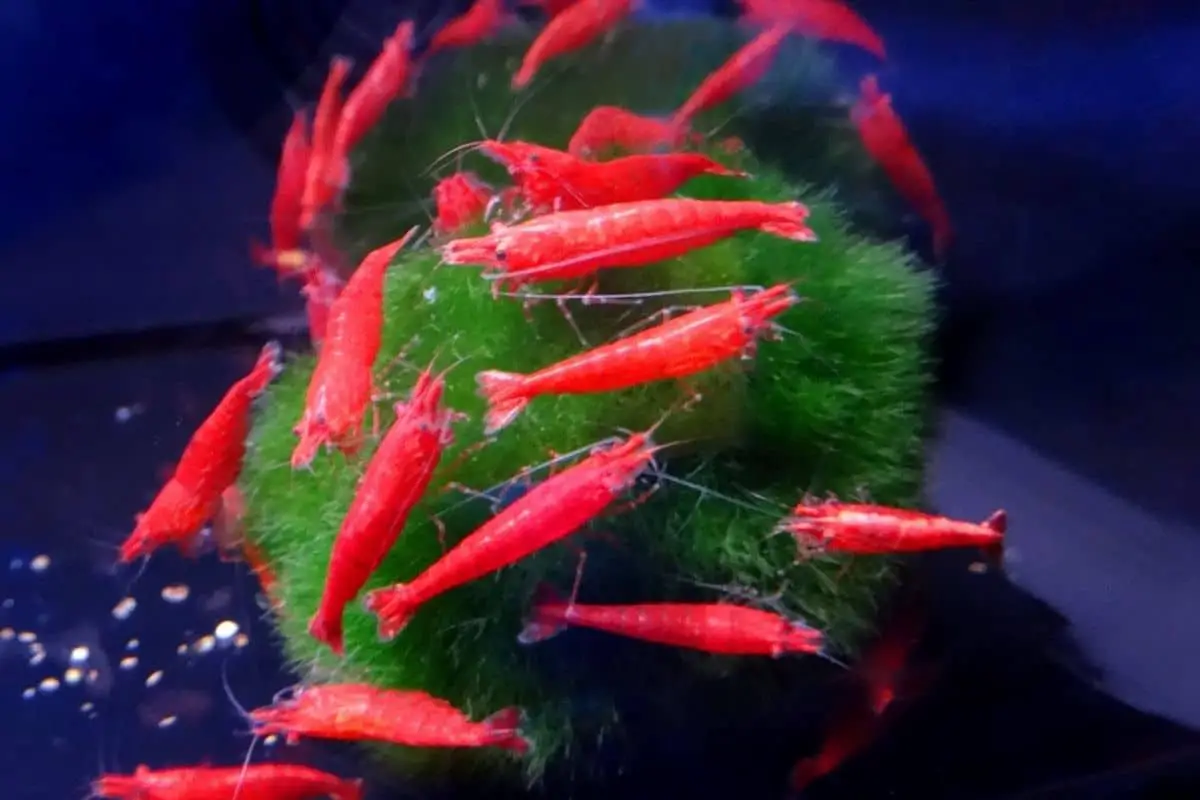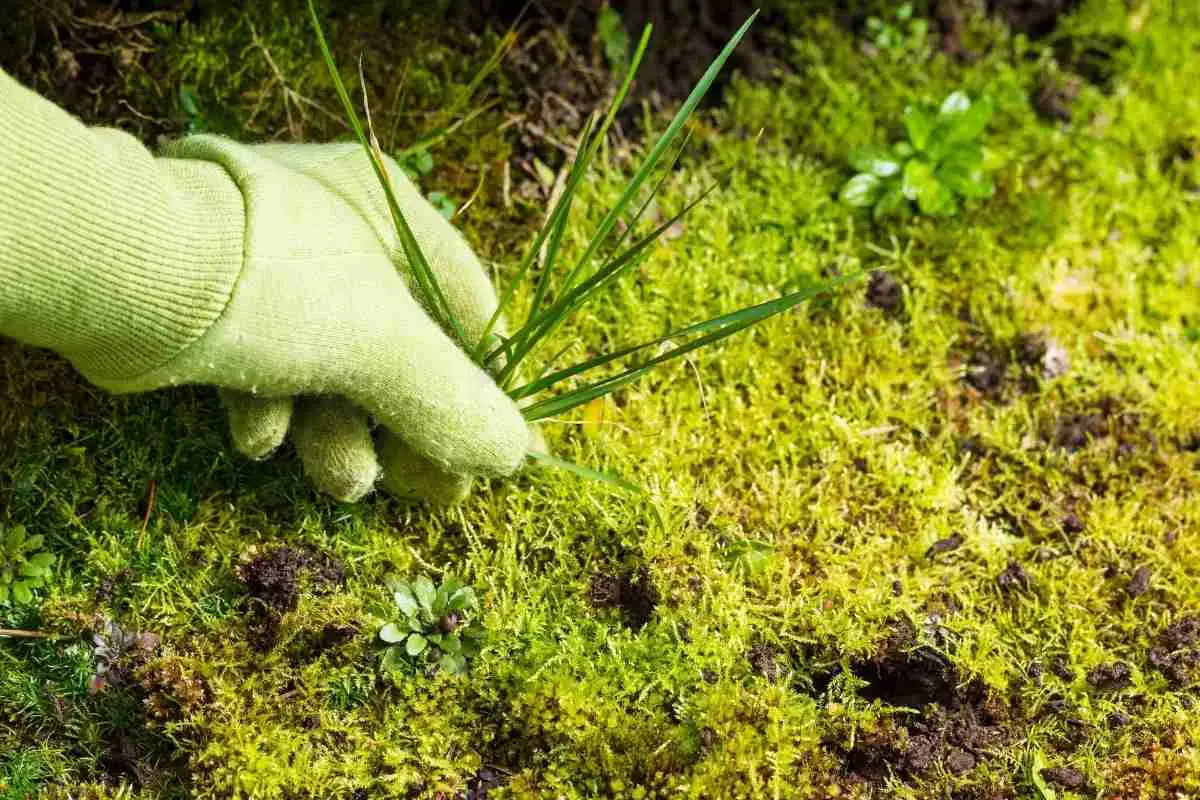
8 Simple Tips For Keeping Moss Alive!
Read more
What Is The Best Time To Apply Moss Killer To The Lawn?
Read more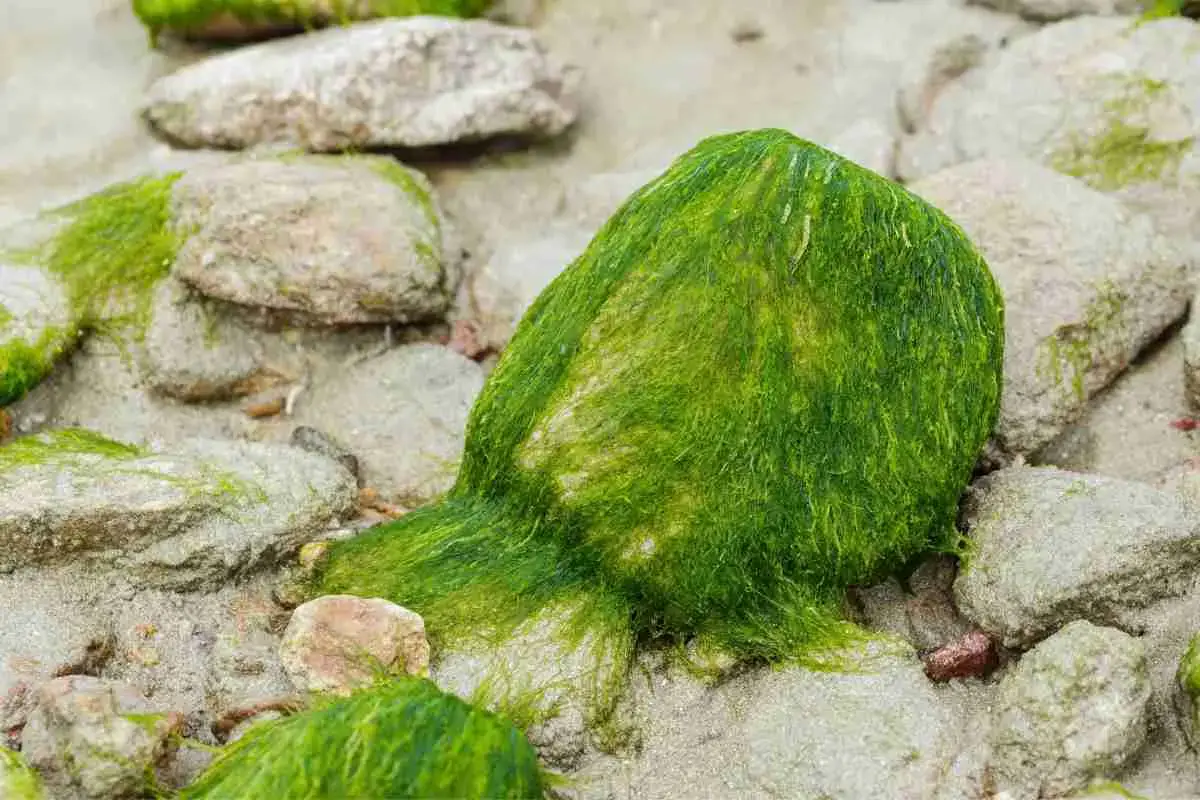
2 Methods For Growing Algae On Rocks!
Read more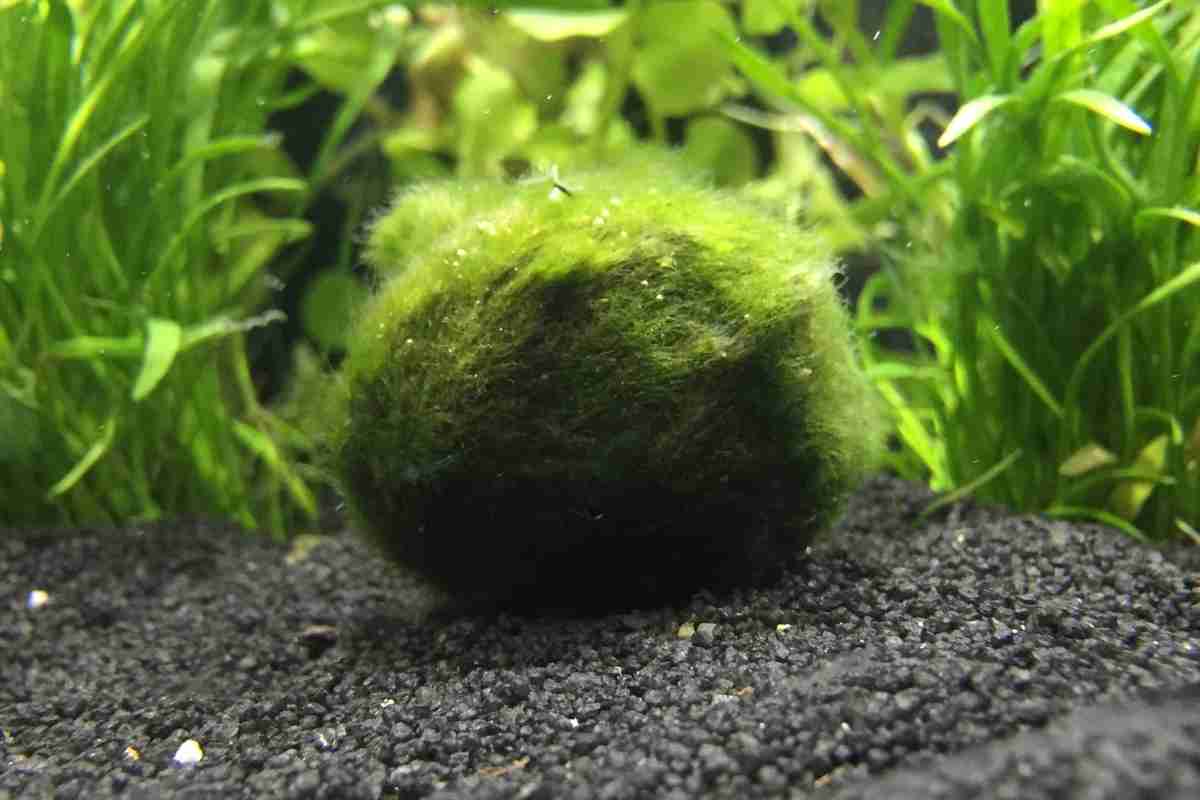
Marimo Moss Balls: Are They Safe?
Read more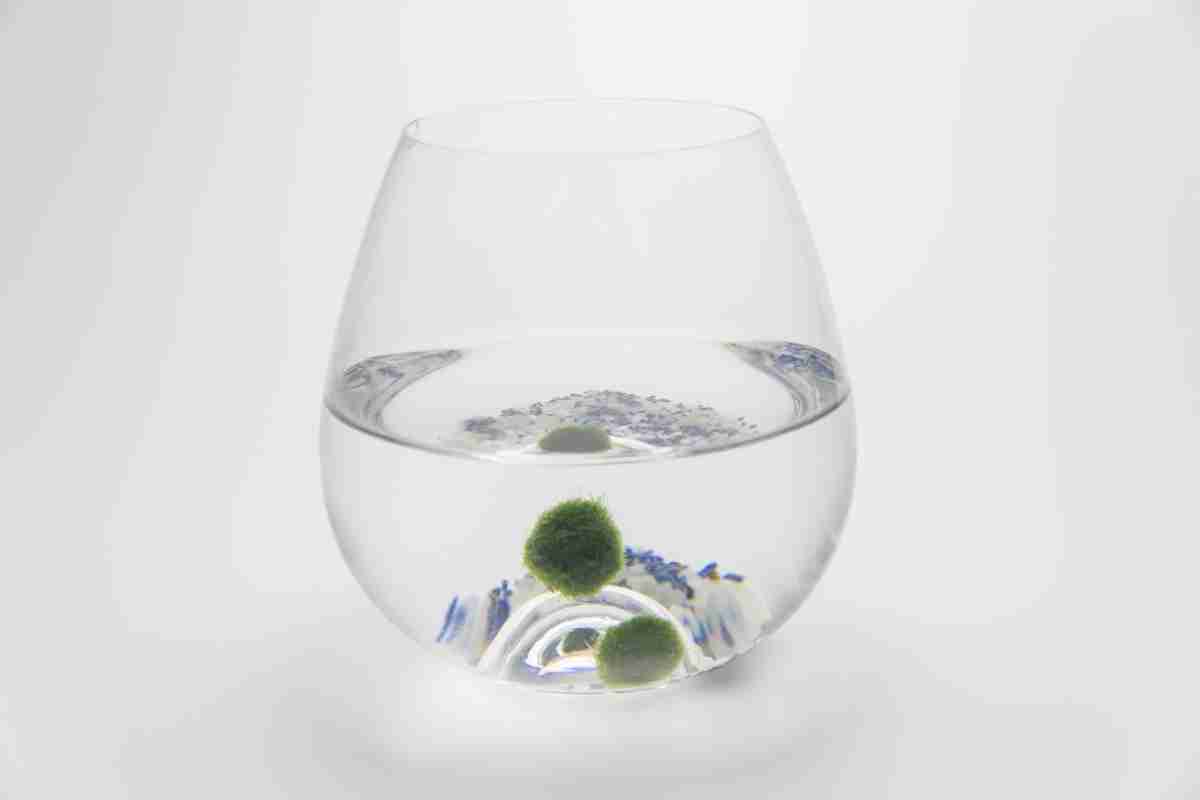
Floating Moss Balls: Why Do They Float?
Read more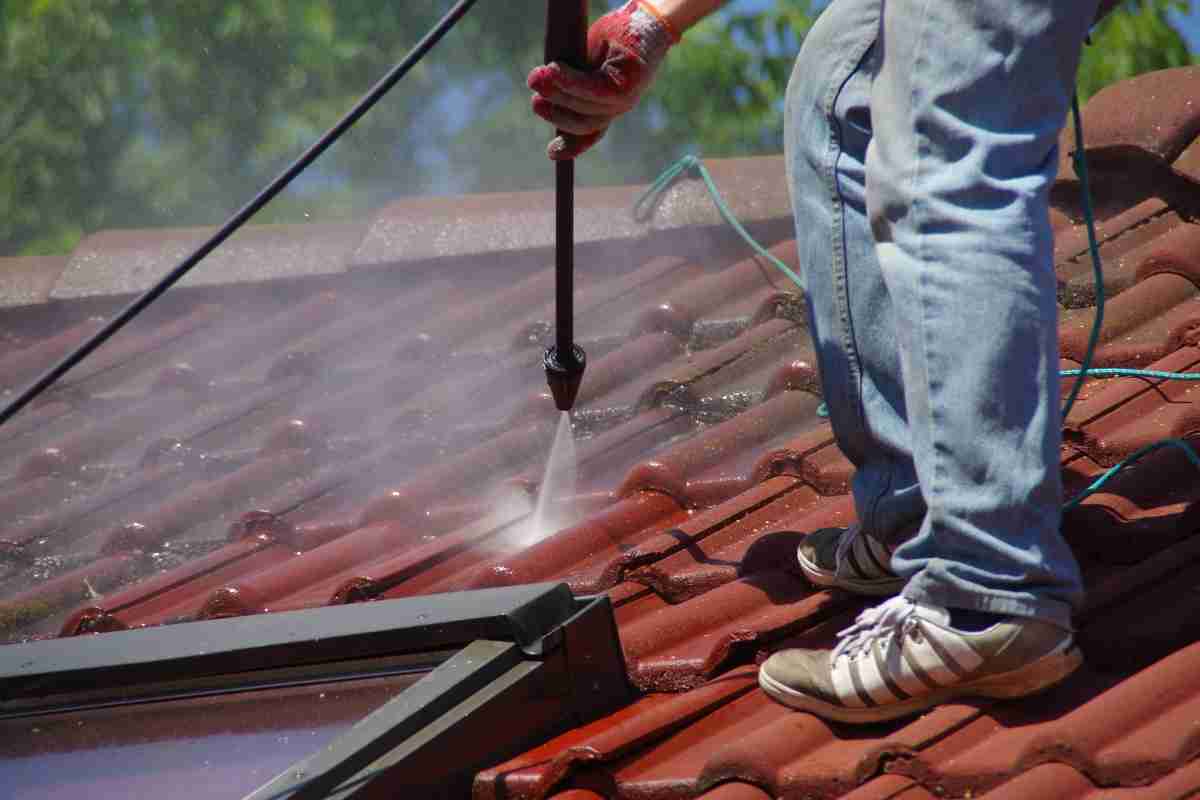
How To Remove Moss From A Roof With Vinegar?
Read more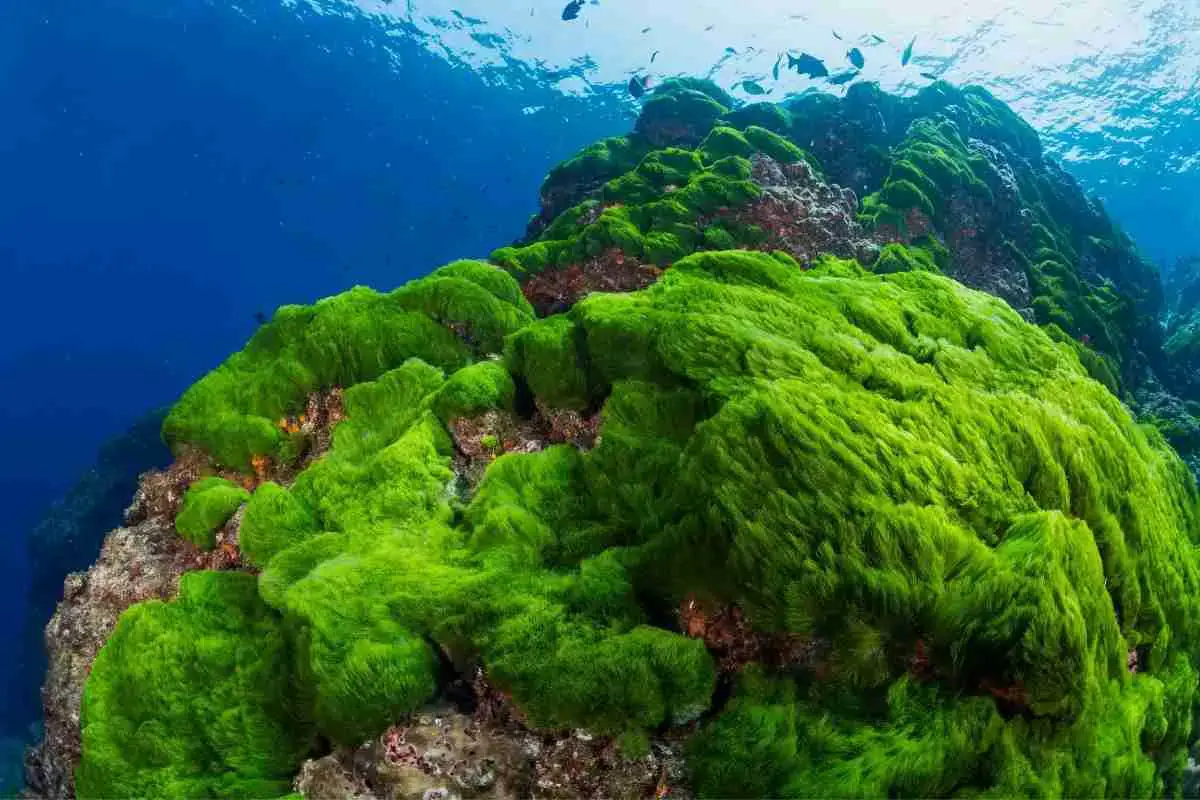
What Does Algae Eat? Algae’s Unique Eating Habits
Read more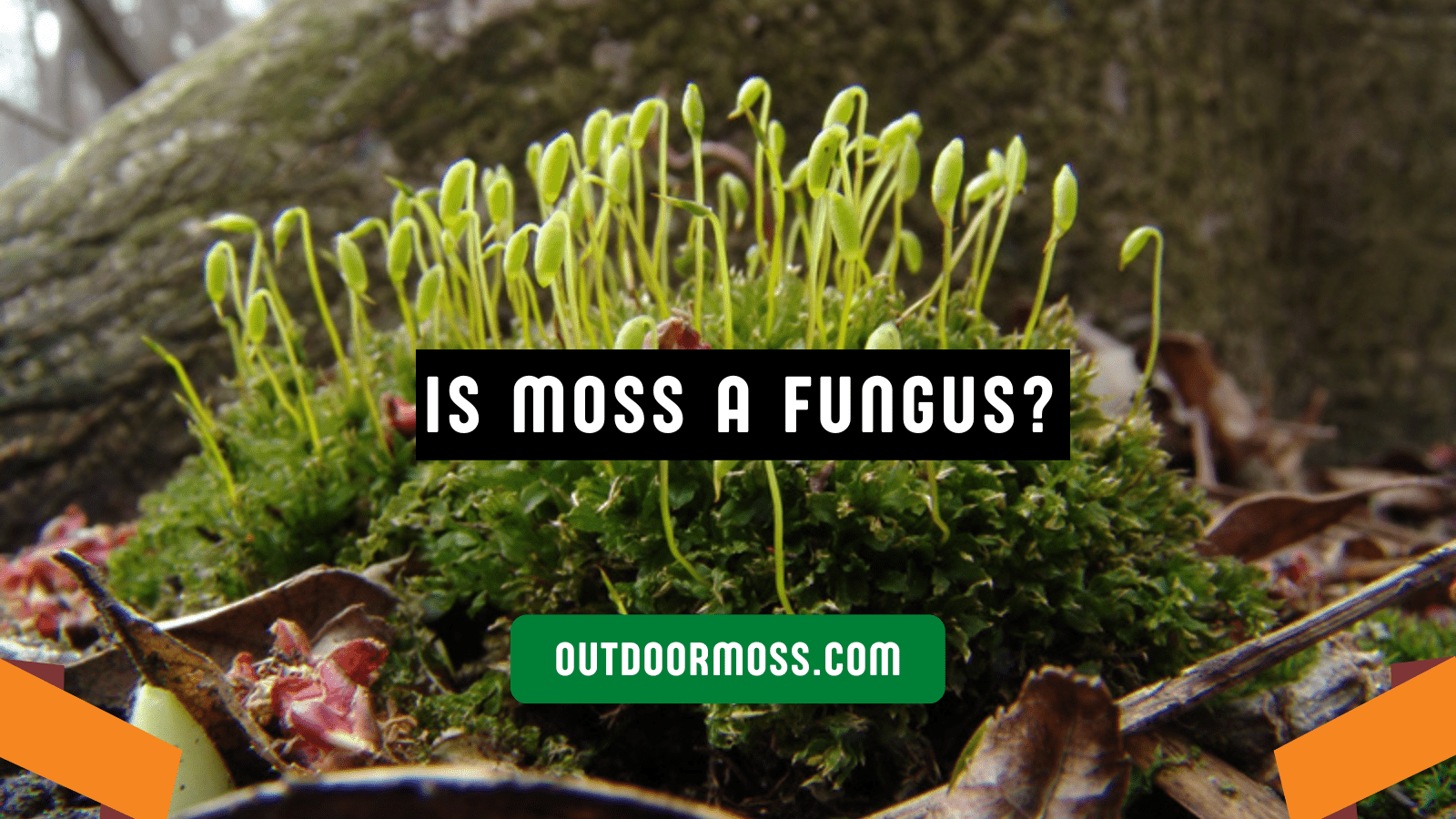
Moss vs. Fungus: Exploring the Differences and Why It Matters!
Read more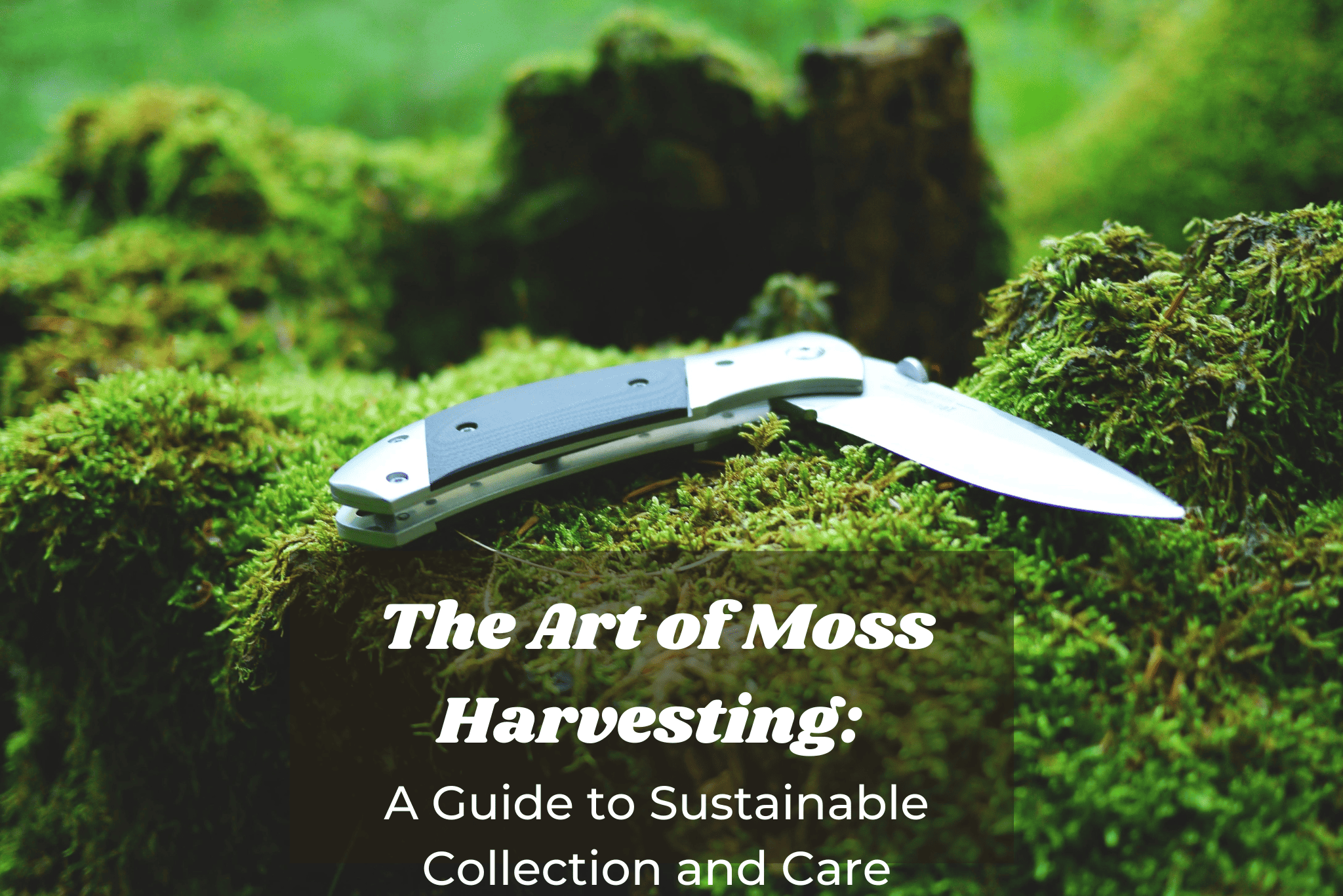
The Art of Moss Harvesting: A Guide to Sustainable Collection and Care
Read more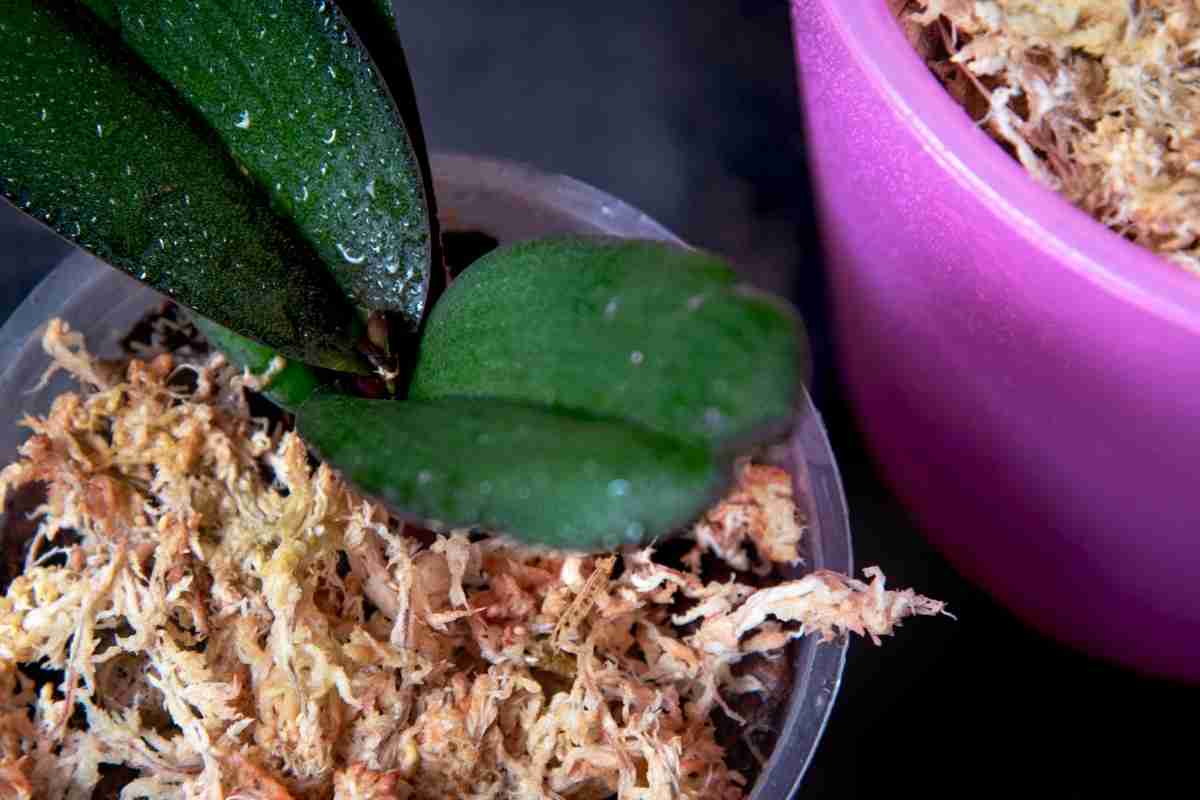
Can Dried Sphagnum Moss Come Back To Life?
Read more
7 Easy Tips To Make Moss Grow Faster!
Read more